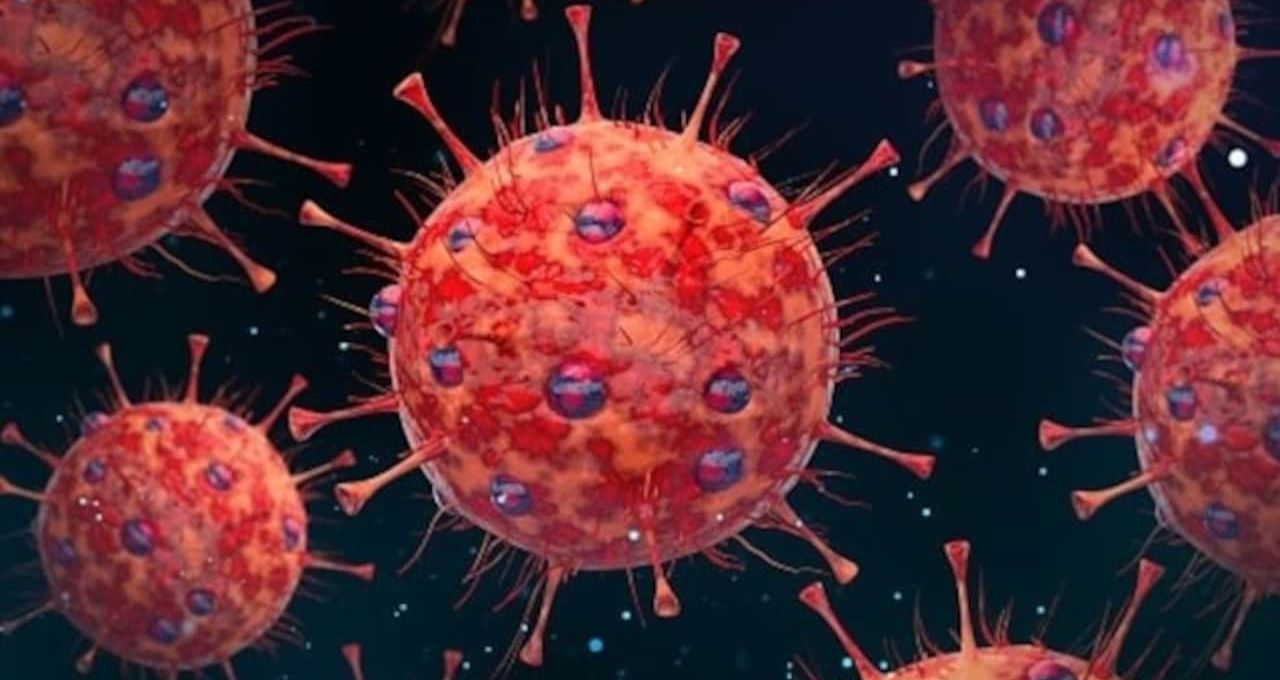The discovery of a new bat virus in China, following the coronavirus pandemic, has raised concerns among scientists. This virus, named HKU5-CoV-2, shares similarities with SARS-CoV-2 (COVID-19) and MERS-CoV.
New Delhi: The discovery of a new bat virus in China, following the coronavirus pandemic, has raised concerns among scientists. This virus, named HKU5-CoV-2, shares similarities with SARS-CoV-2 (COVID-19) and MERS-CoV. Scientists believe it could potentially infect humans, although its transmissibility is not expected to be as high as COVID-19. Nevertheless, researchers are viewing it as a potential pandemic threat and are conducting intensive studies.
How Was the Virus Identified?

HKU5-CoV-2 was discovered by scientists at the Wuhan Institute of Virology in China. The study was led by Shi Zhengli (Batwoman), the same scientist who conducted research on COVID-19. The research found that this virus is a coronavirus found in bats that can bind to the ACE2 receptor of human and other mammalian cells. This is the same process by which the COVID-19 virus caused infections in humans.
Could This Virus Pose a Threat to Humans?

According to scientists, no human cases have been reported so far, but the possibility cannot be entirely ruled out. Studies of HKU5-CoV-2 have shown that:
* It can infect human lung and intestinal cells.
* It could potentially spread directly from bats to humans or through an intermediary mammalian animal.
* Its transmissibility is lower than SARS-CoV-2 (COVID-19), but mutations could make it more dangerous.
Potential Symptoms of HKU5-CoV-2

Since this virus resembles SARS-CoV-2 (COVID-19) and MERS-CoV, its symptoms might be similar:
* Fever and cough
* Difficulty breathing
* Sore throat and runny nose
* Fatigue and muscle aches
* Lung infection in severe cases
How Could This Virus Spread?
This virus could spread similarly to COVID-19, either directly to humans or through other animals. Potential infection pathways include contact with an infected bat or its bodily fluids (such as saliva, urine, feces). Alternatively, it could initially infect a mammalian animal (such as a civet cat, pangolin, or other wildlife) before spreading to humans.

Experts say that HKU5-CoV-2 is not currently fully capable of causing widespread human infections. However, natural mutations could potentially lead to a pandemic in the future. Scientists are continuously studying the virus to implement preventative measures in case it poses a significant threat to humans.
Will the WHO Intervene?
The World Health Organization (WHO) and other international agencies are monitoring this new virus. However, there is currently no situation warranting a pandemic declaration. Scientists suggest that continuous surveillance of the virus and limiting contact with wildlife are necessary to mitigate potential future threats.













